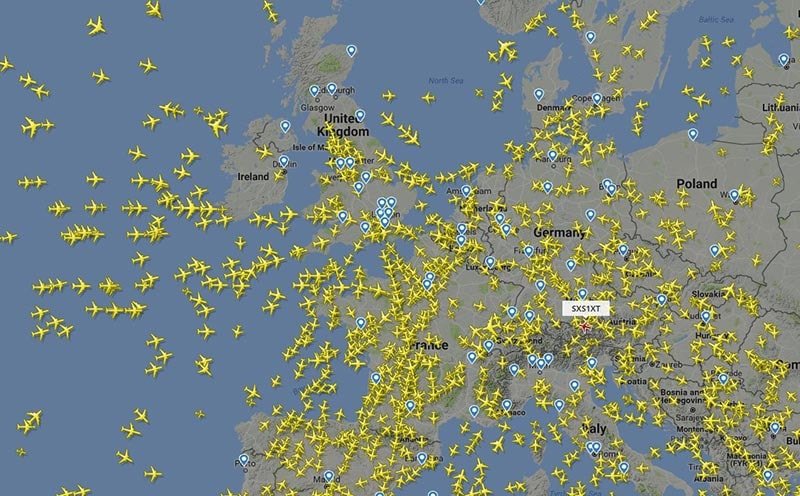
#Beta flight radar 24 for free
I already had both the Raspberry Pi and the dongle, so I was ready right away, but Flightradar and Flightaware actually send kits for free to users, from locations they don’t have good coverage of. You would want to set everything up in a place with clear view of at least part of the sky, since signals of that high of a frequency get absorbed by things like houses or trees. A simple antenna made from 2 wires 6.8cm each (1090MHz 1/4 wave dipole).Raspberry Pi2/3 with an Internet connection (starting at $20).Flightradar is not publishing their coverage, but we can see the receivers map of another 'competitor' service - Flightaware.Īs we can see, some countries are covered very sparsely, so some contributions can actually make a difference. With the equipment being pretty cheap (from $50 to downright free), anyone can send it. The technology is called multilateration (MLAT) and you can learn more about it here.Īnd finally, the last question - how do this services actually receiving the data. But if you receive data from a lot of planes that do broadcast their location, then you can triangulate the position of the unknown aircraft by analyzing ping delays from different receivers. Some planes transmit telemetry packets without GPS coordinates. The idea is pretty clear by that point - if you have a lot of receivers and gather data from all of them, you can see this:Īnd that’s not all. All we need is an RTL-SDR receiver (that costs around $15) connected to a PC. But with the proper hardware the signal is very easy to decode.


The signal is transmitting with a high speed 1MB/s, so it takes only 0.00012sec to transmit the data, in the speaker we can hear only a very short 'click', if we'll try to listen this. This transponder sends various flight telemetry - airplane type, its coordinates, destination etc, using the 1090MHz unencrypted radio frequency.

The first question is always “where the data comes from”.Įvery civilian airliner is equipped with a special device - the so-caller ADS-B (Automatic Dependent Surveillance-Broadcast) transponder, on the photo, is a box with a «1200» label on it: (photo from Garmin) Let’s see how Flightradar and similar other services works. Even fewer people know that anyone can join the project - including you. I’m going to hazard a guess and say that everyone whose friends or family have ever flown on a plane, have used Flightradar24 - a free and convenient service for tracking flights in real time.īut, if my friends are any indication, very few people know that the service is community-driven and is supported by a group of enthusiasts gathering and sending data.


 0 kommentar(er)
0 kommentar(er)
